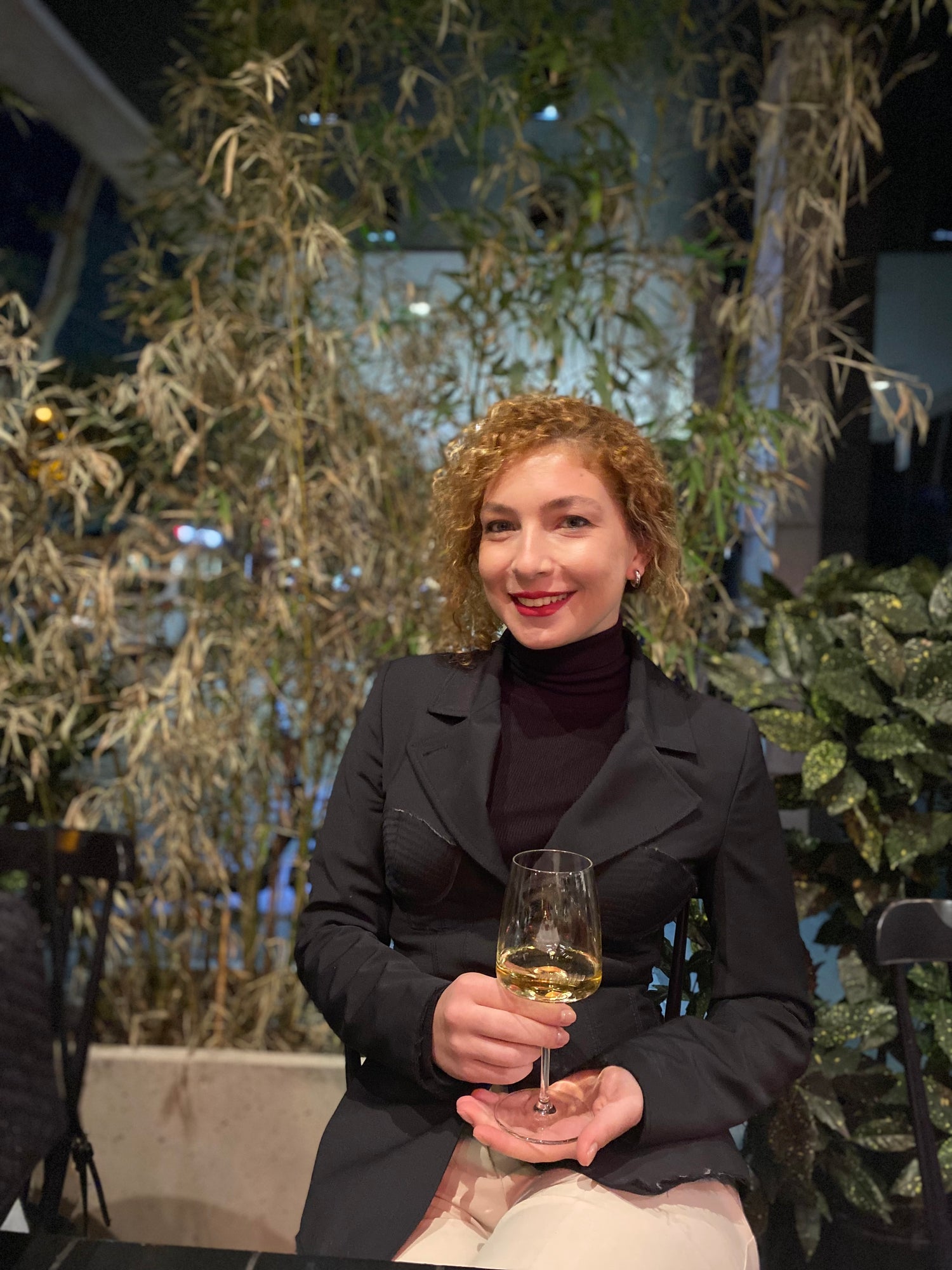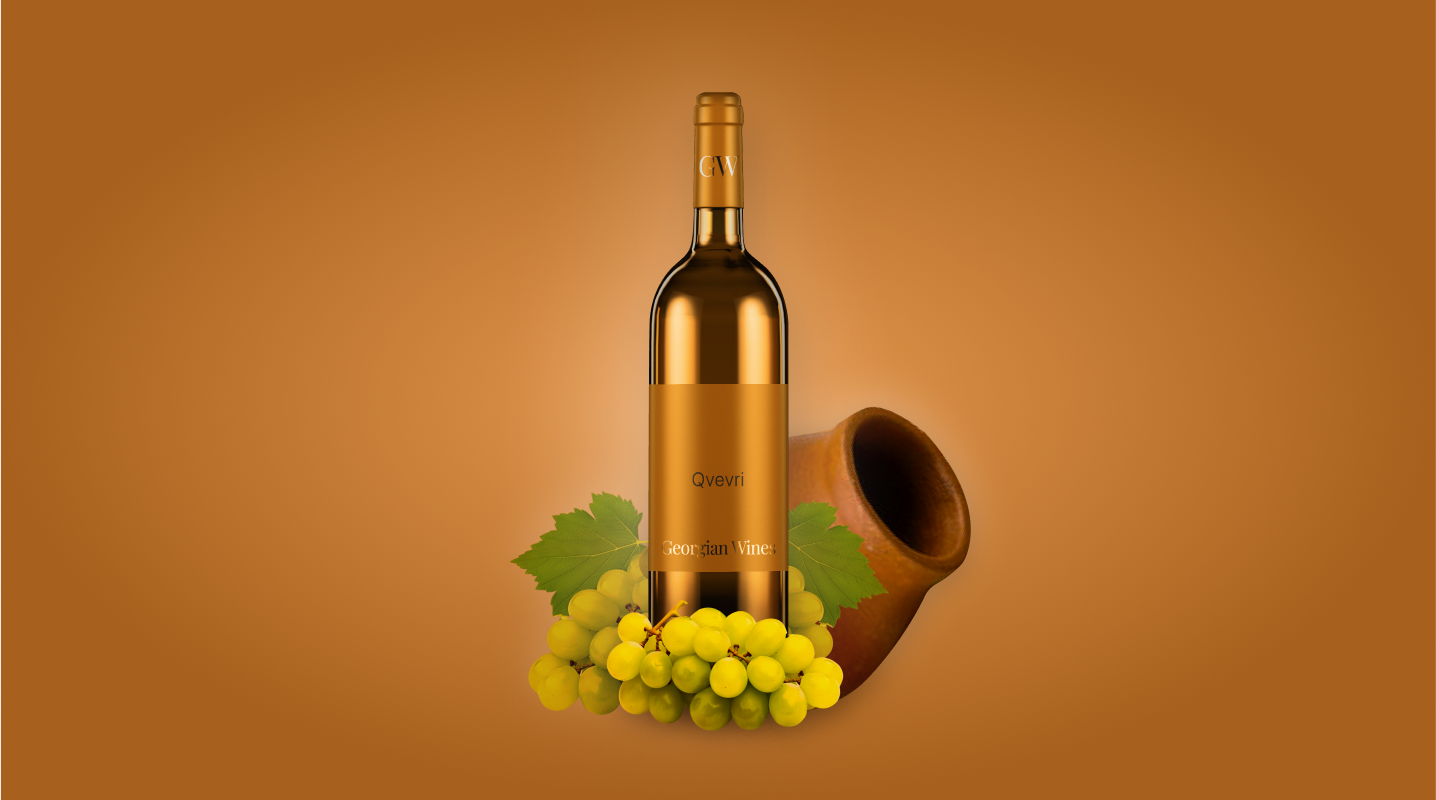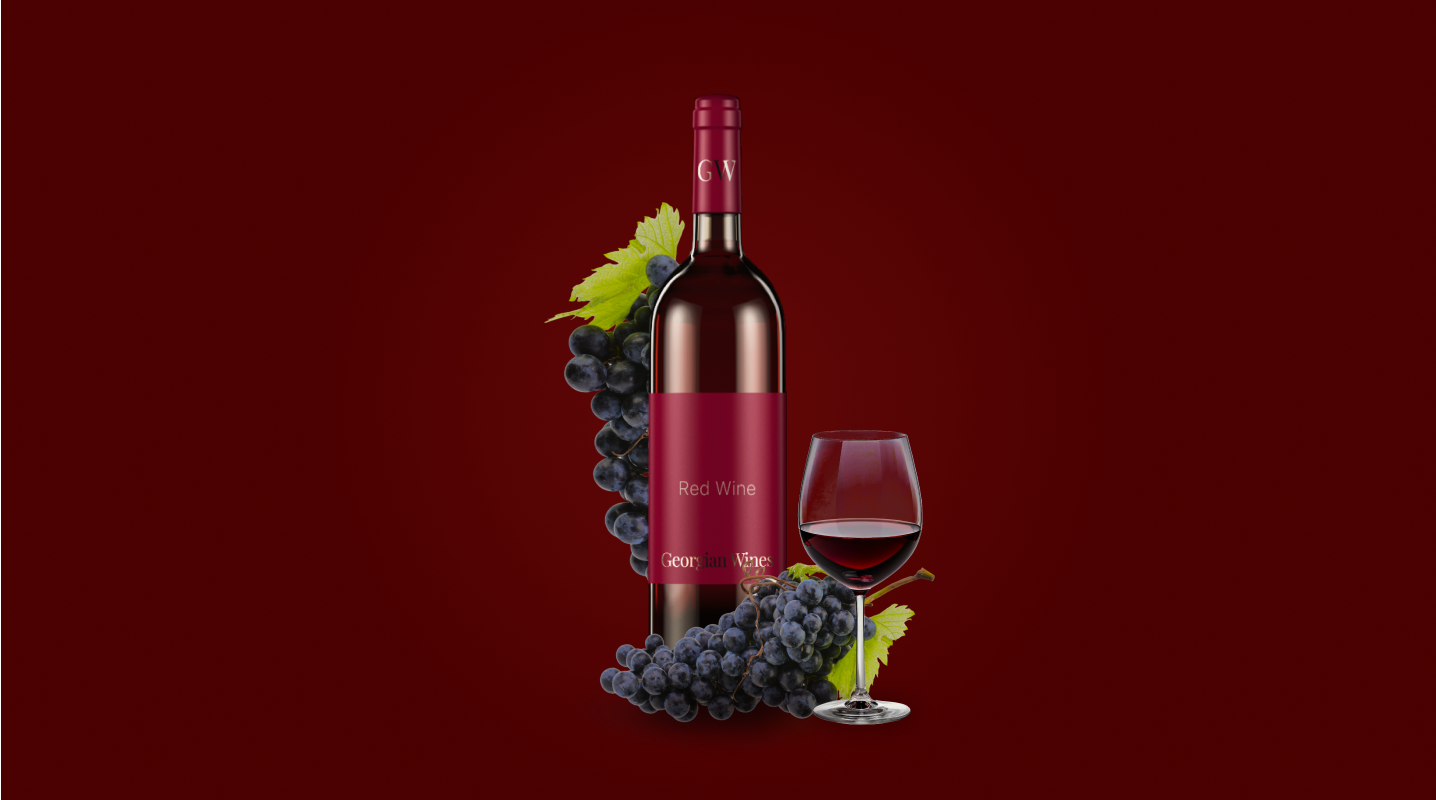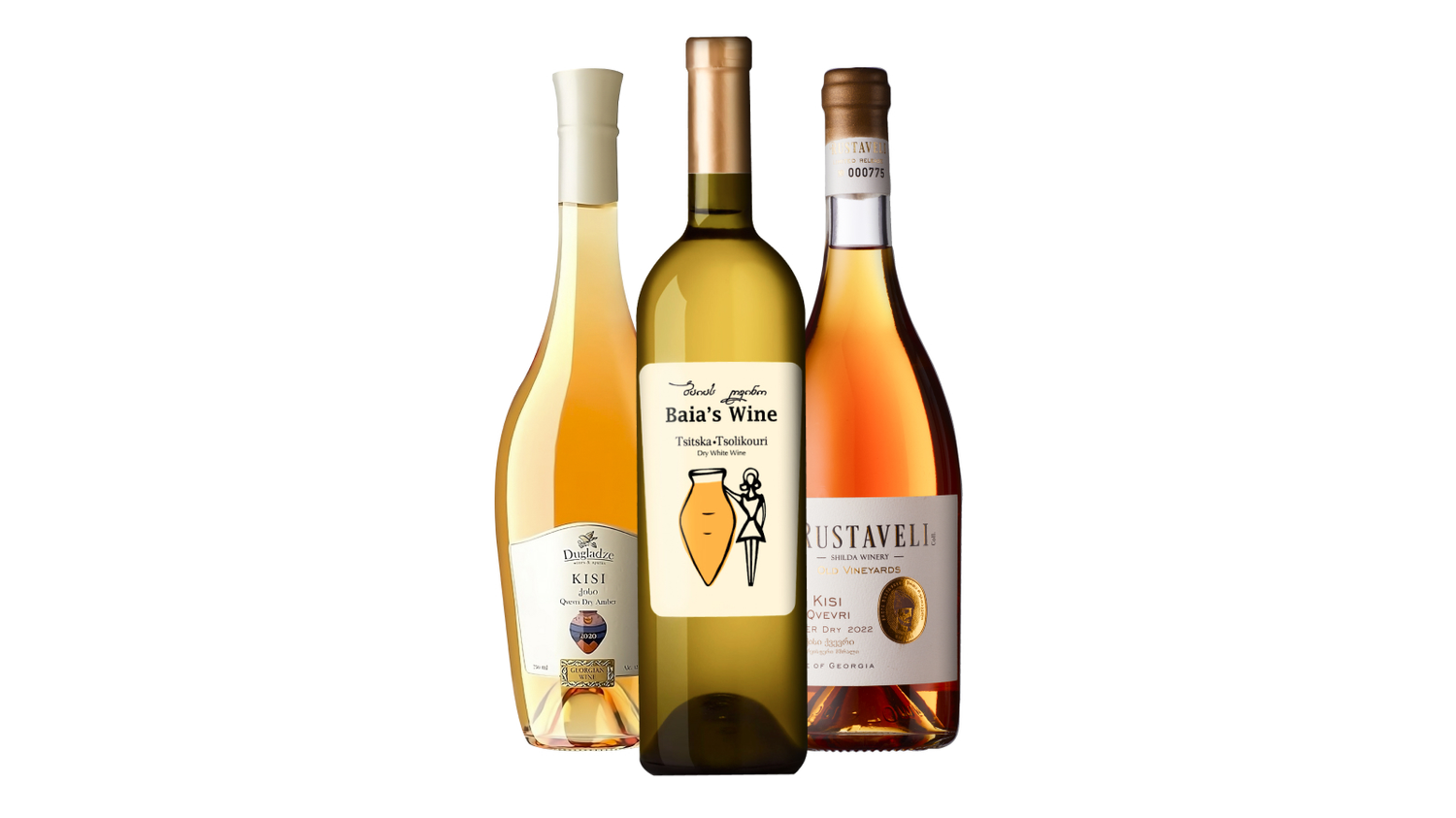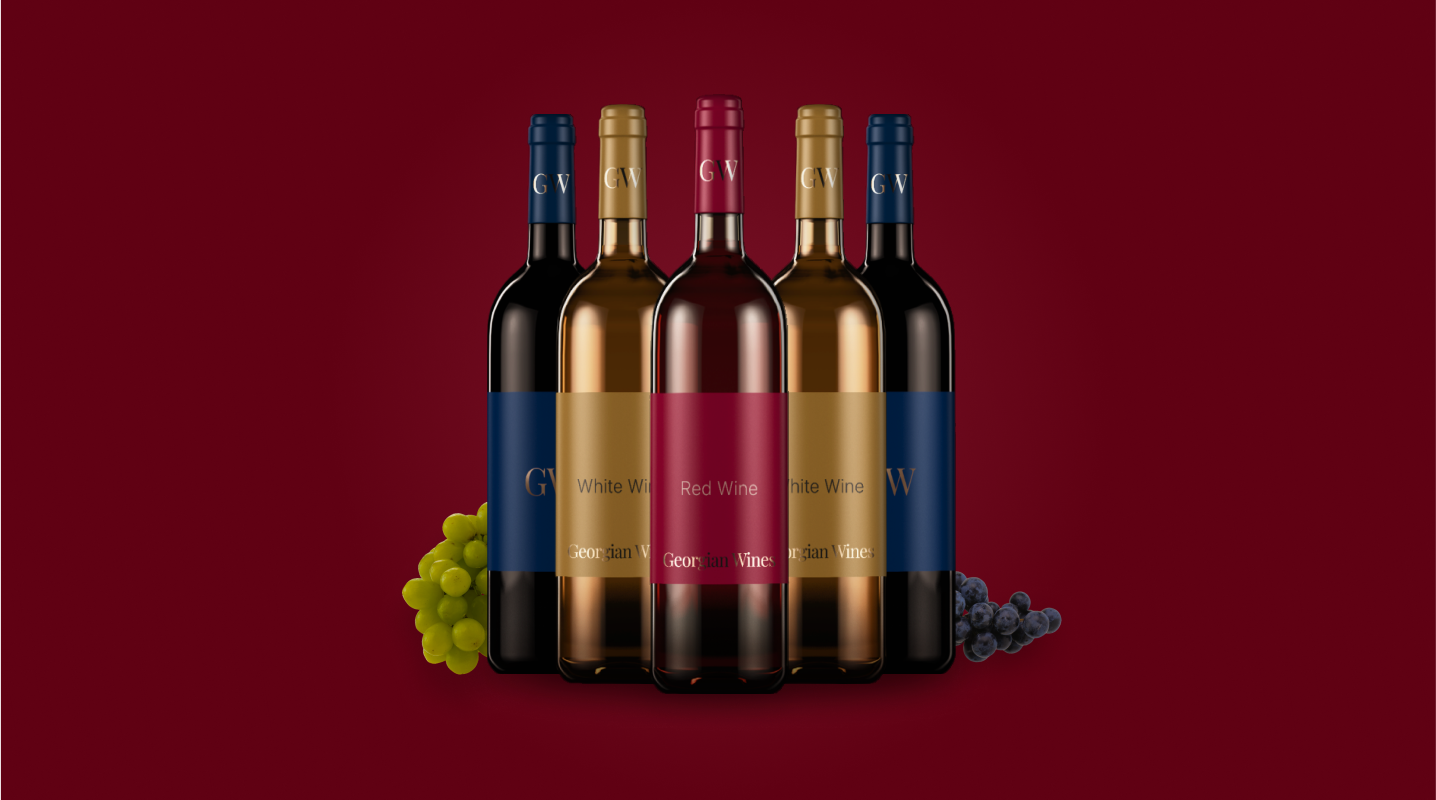So, you’ve got your hands on a bottle of Georgian wine - congrats! Whether you stumbled upon it in a cozy wine shop or heard about it from a friend, you’re in for a treat. Georgian wine isn’t just any wine, it’s a sip of history, culture, and a whole lot of tradition. But before you pop that cork, let’s talk about how to truly enjoy this ancient treasure. I’ve grown up with these wines, and I’m here to share a bit of that experience with you. Whether you’re new to Georgian wine or just curious about how we drink it back home, let me guide you through the best ways to savor this ancient tradition.
The ideal serving temperature for wine
The temperature at which wine is served plays an important role in the perception of the wine's character and aromas. The most common serving recommendations are as follows:
- Sparkling Wines: 6-8°C
- Light White Wines: 8-10°C
- Full-Bodied White Wines: 10-14°C
- Fruity Red Wines: 13-16°C
- Full-Bodied Red Wines: 16-18°C
What rules apply to Georgian wine?

Georgian wine is a broad term and includes several types of wine made in Georgia. However, what is associated with Georgian wine is Amber wine, fermented and aged in Qvevri. Qvevris are large earthenware vessels used for the fermentation, storage and ageing of traditional Georgian wine. If you have already tasted Qvevri wine, then you will understand that it is impossible to combine it in the category of just white or red wines.
The traditional Georgian method involves mash fermentation and its contact with mash for several months. This extracts the components, especially aromas and tannins from the grape skins, seeds and, stems. This results in wines with their very own, unique character.
Fun fact: Orange wine is a worldwide popular term for white wine produced using red wine techniques.
The term Amber wine refers specifically to orange wines produced according to the old Georgian
tradition using the Qvevri method (fermentation in large clay vessels).
Should we chill Qvevri wine?
If you find yourself at a traditional table, called "Supra" in Georgia, believe me, you won't hear people talking about the temperature of the wine or trying to choose the right glass. Wine drinking culture in Georgia is more spontaneous and free- as most of the Georgian wines and Georgian people too. You will often hear the phrase "Bolomde"" and "Ganskhvavebuli". "Bolomde" means that you have to empty the wine glass. And "Ganskhvavebuli" means a different/special glass – mostly a large ram’s or goat’s horn called a "Khantsi". It is used for special toasts and you need to drink it “bolomde"- so till the end!
Due to the fact, that Qvevri wines are distinguished by their complex character, broad aroma spectrum and rich tannins, if they were served at a low temperature, these aromas and the wine's characteristics would be less perceptible. Therefore, the ideal serving temperature for Qvevri wine is slightly chilled, around 12-16 degrees Celsius, where its bold character truly shines. If you've already cooled it in the fridge, don't worry—just let it sit out for 20 minutes before serving. This little wait will reward you with a vibrant explosion of wild aromas. So, sit back, pour a glass, and prepare your senses for an extraordinary journey.
What about decanting?
Choosing the perfect wine glass
If you are not yet used to drinking wine from a Khantsi (be careful, it is addictive), in this case, I would recommend:
- Light white wine - a standard white wine glass.
- Qvevri amber wine - a so-called Chardonnay glass - Its broader bowl allows the wine to breathe, highlighting the full spectrum of its earthy and fruity aromas.
- Red wine - Depending on the variety, choose either a Bordeaux glass for fuller-bodied reds like Saperavi, or a Pinot Noir glass for lighter, fruitier reds. The Bordeaux glass's taller bowl directs the wine to the back of the mouth, emphasizing its deep flavors, while the Pinot glass enhances the subtle aromas and soft tannins.
And, of course, for the special occasions - Khantsi! It’s a ceremonial choice, perfect for making memorable, heartfelt toasts.
Choosing the right glass not only honors the wine but also the rich traditions behind it.
I hope this guide helps you enjoy Georgian wine the way we do back home—with warmth, laughter, and a deep appreciation for the culture behind every bottle. So, go ahead, pour yourself another glass, and let the flavors of Georgia bring a little piece of my homeland to your world.
Gaumarjos! Cheers!
Side view of white wine with grape, orange and cheese on wooden cutting board on dark surface vertical Image by 8photo on freepik


